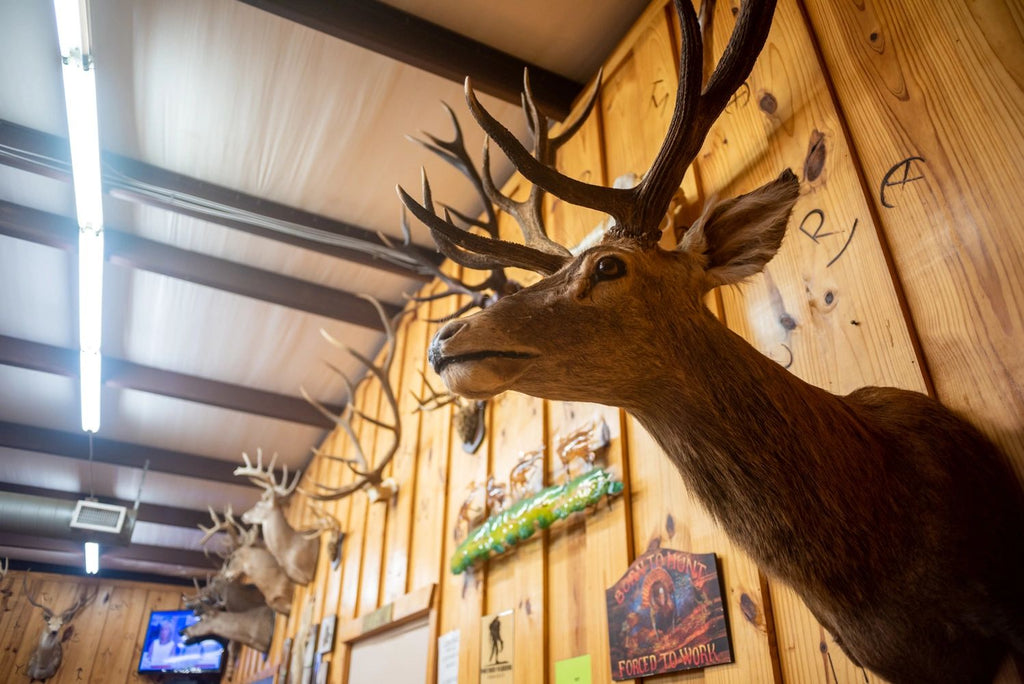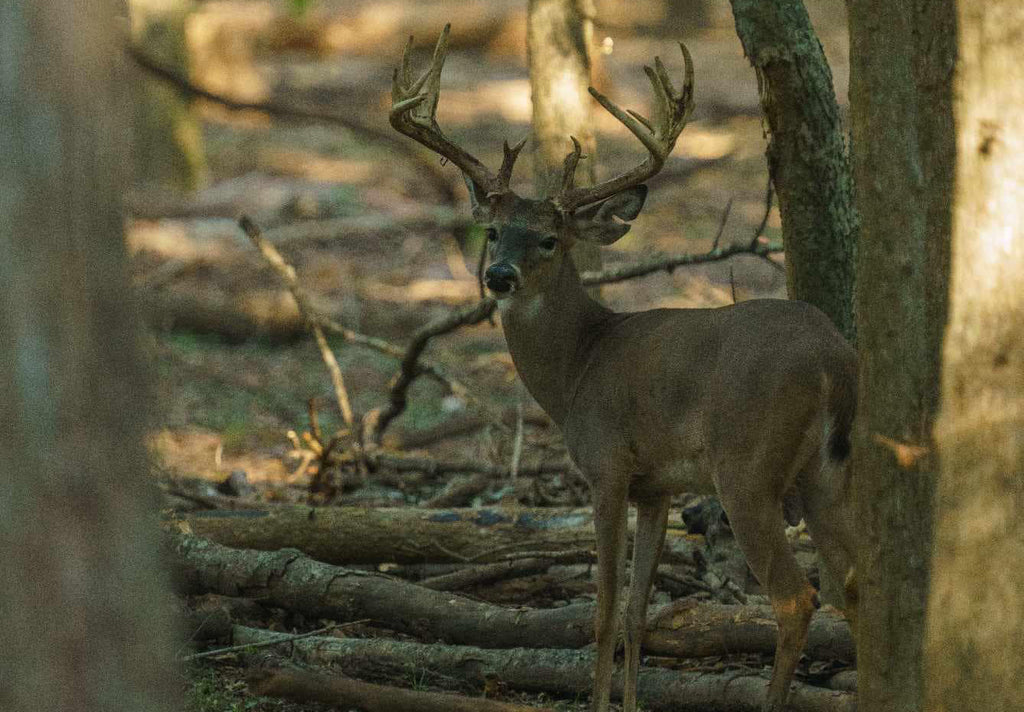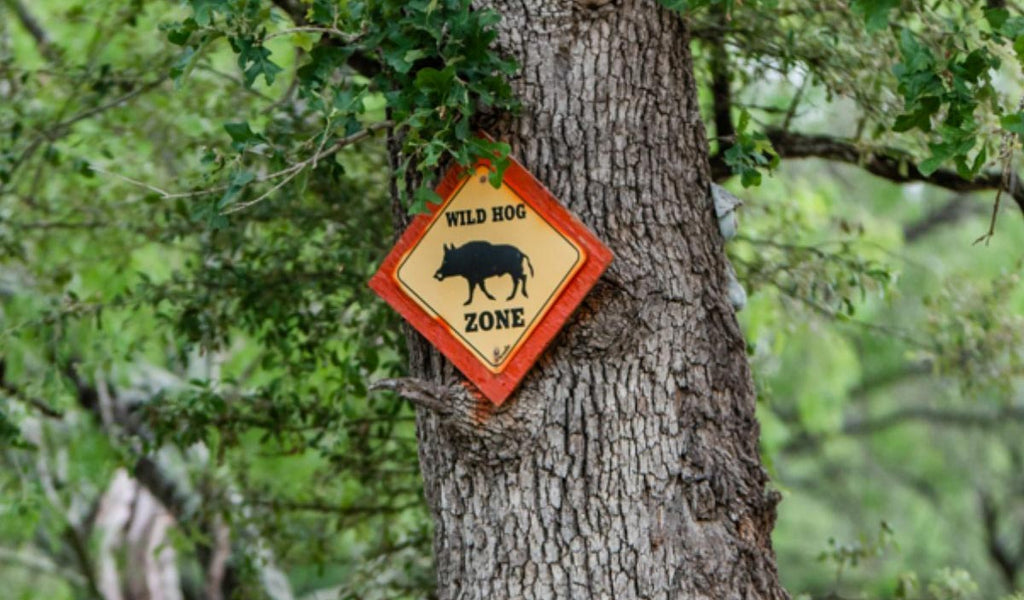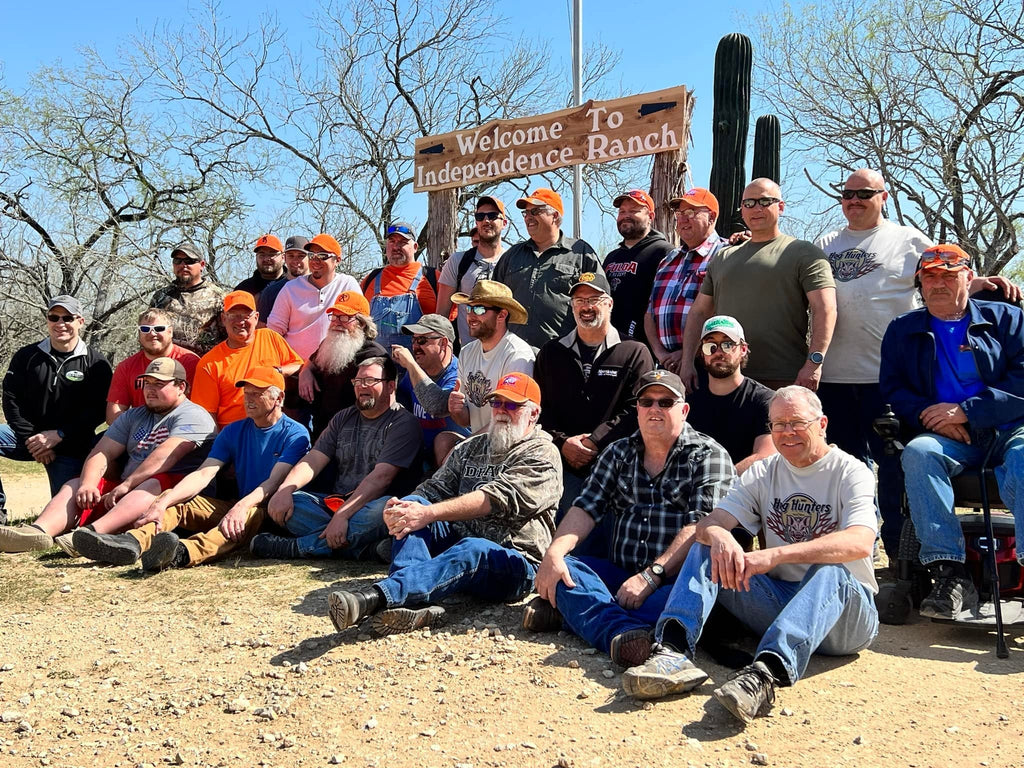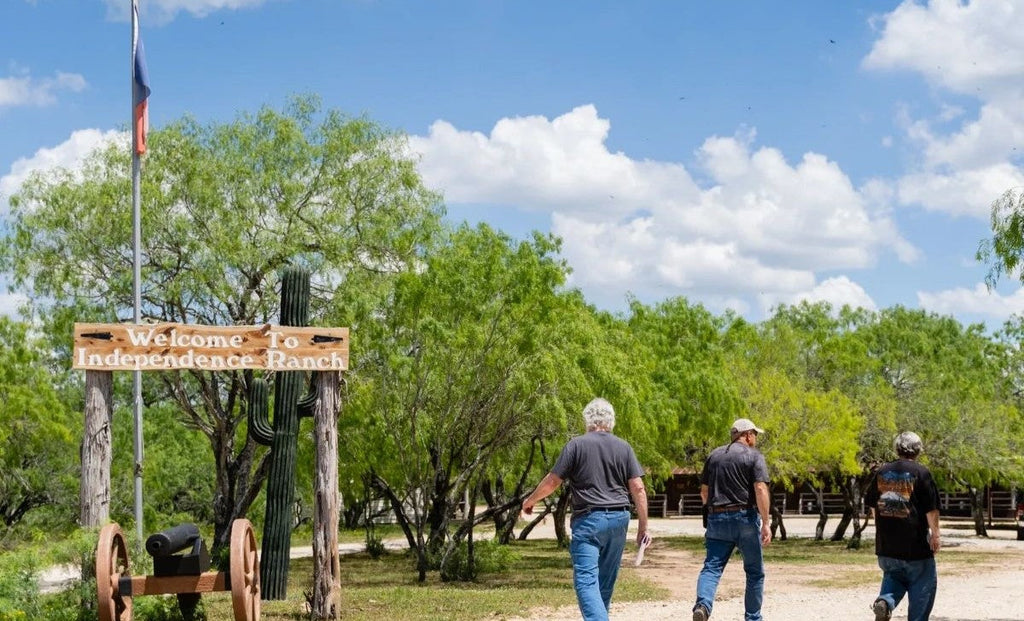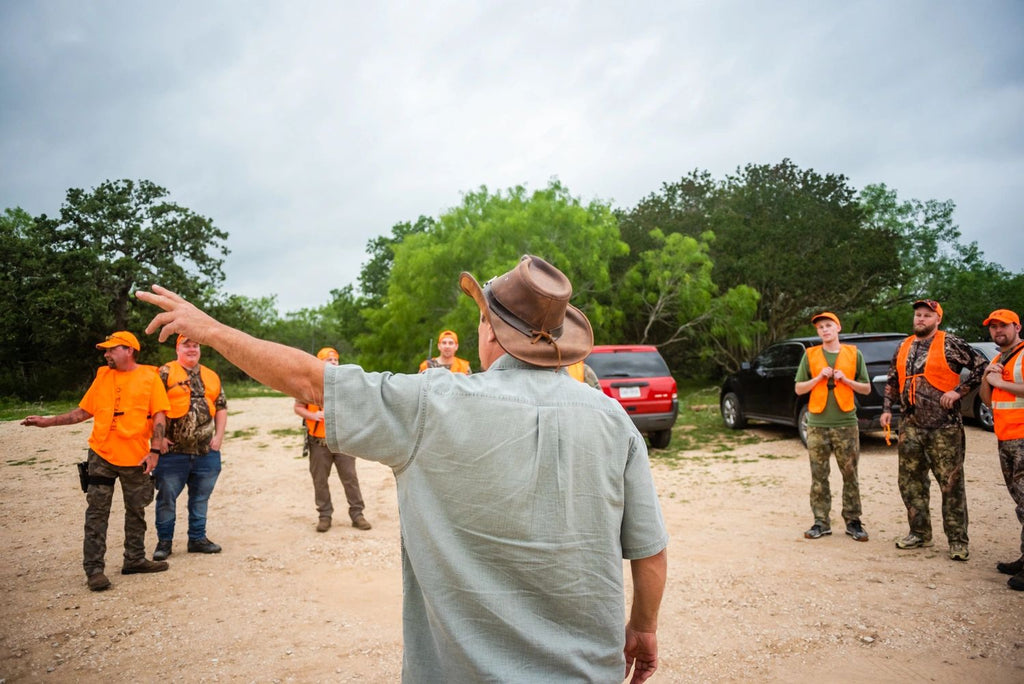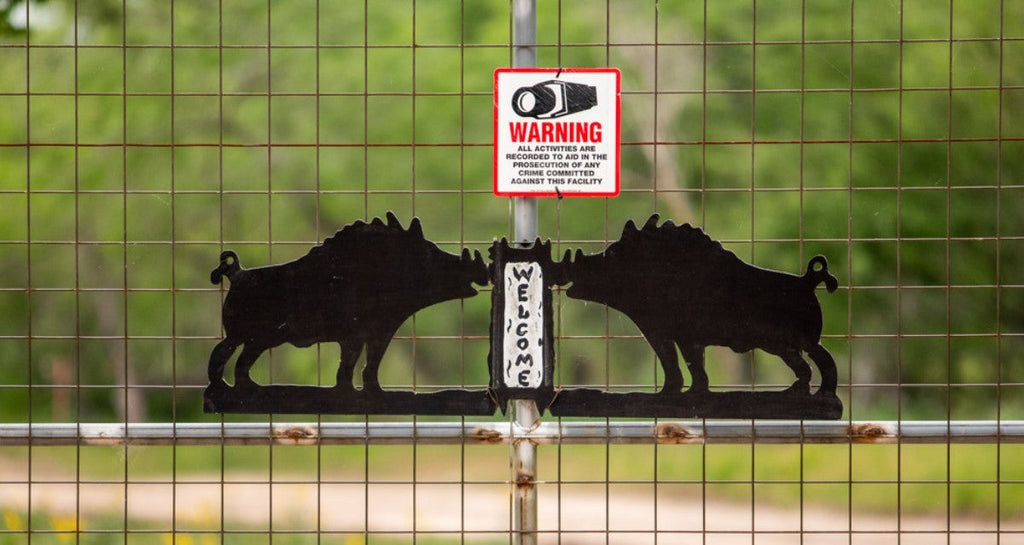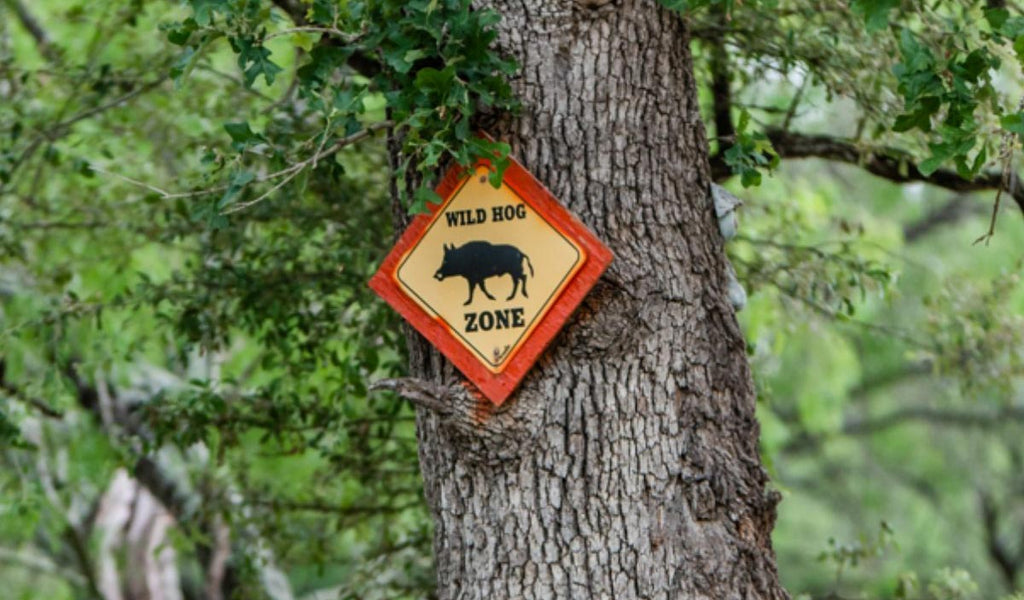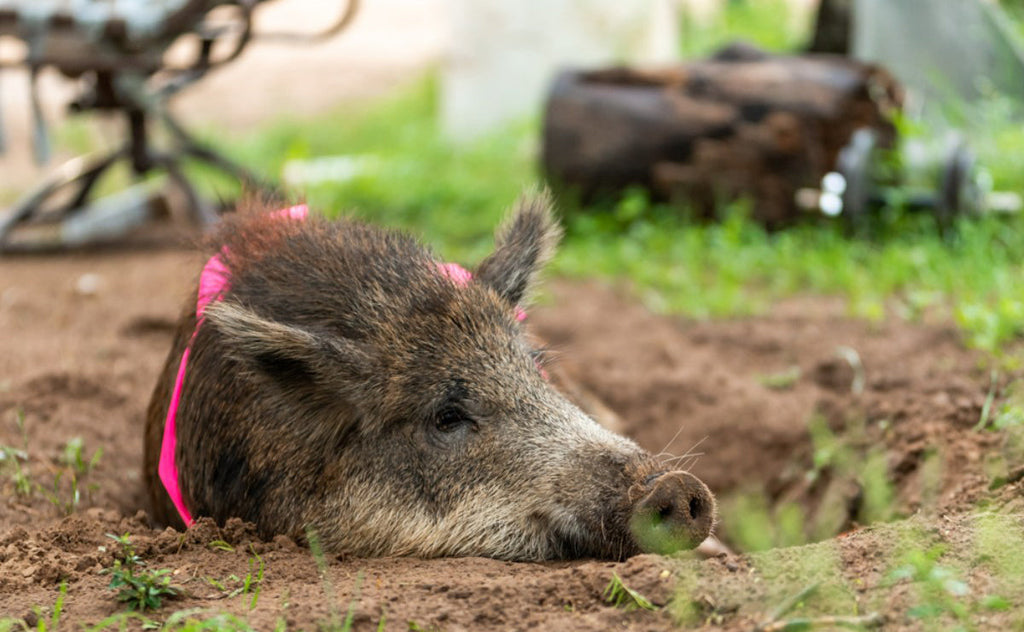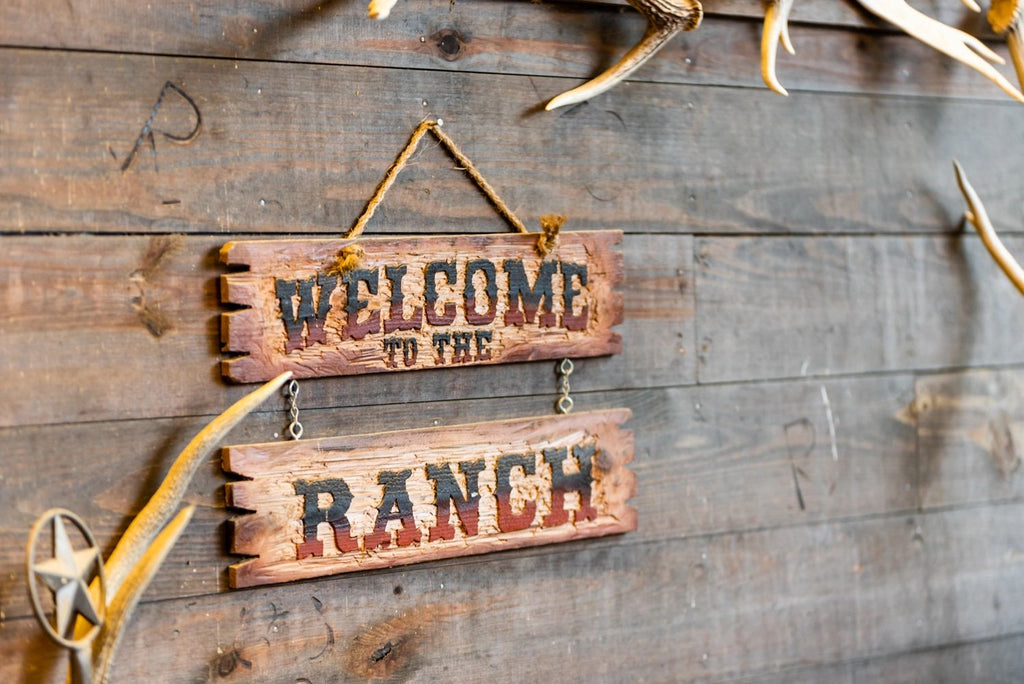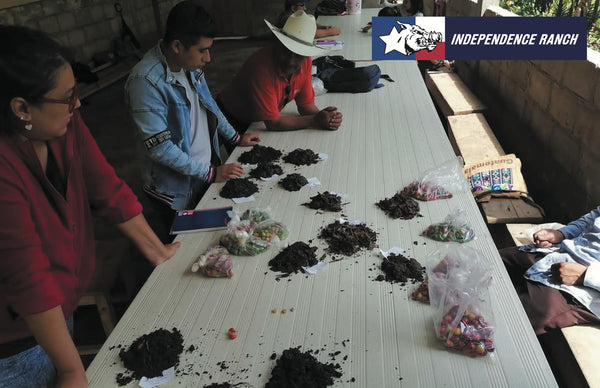
Things You Need to Know About Hog Hunts

Looking for the next game to hunt? If Wild Hog is the next item on your hunting bucket list and you're planning to go on Texas hog hunts, here are the things to know about hog hunting.
Hogs Are Intelligent Animals
Just because hogs have weak vision, don't assume them to be dumb as well. According to Purdue University studies, pigs can do the same cognitive tasks as chimpanzees. This means that during a hog hunt, they remember well and adapt consequently; after sensing a hunter, they either move on or become nocturnal.
You Can't Fool the Nose
The spot and stalk technique works for the hunter's advantage due to poor eyesight; the wild hogs make up for it by smelling and hearing amply. Texas A&M's research validates it as they can smell odors within a 5 to 7-mile range and 25 feet under the ground. Therefore, avoid perfumes, detergents, colognes, and boil your hunting clothes with baking soda to prevent detection.
No Sweat Glands
Hogs don't have any sweat glands, providing hunters another edge; they tend to stay near water in cover to cool down, and hogs dig bogs near creeks. Look for urine and feces near the water bodies to spot the hogs.
They Are Always on the Move
Hogs are fast-moving creatures that seldom slow down while feeding in a field or from a feeder; they go fast. This means when you see a hog passing by, make sure they are active and take your action quickly; they travel in groups while making a lot of noise, offering plenty of opportunities to act.
Hogs Run and Jump During the Hog Hunts
Hogs may not look active and agile at first; however, they can gain speeds of up to 30 miles per hour and jump over fences that are 3 feet high. Researchers have seen hogs make their way out of 5 to 6 feet high traps by stacking up and climbing over the trap; this means always hunt with caution.
Hogs, being aggressive beasts with a great sense of smell, are known for charging at high speeds, putting hunters in jeopardy; therefore, be careful of the techniques you are using. Texas A&M suggests using traps with 90-degree corners that are securely covered from the top, so the pigs don't pile up and leave the trap.
Nocturnal Hog Hunts
For adapting to the hunter's tactics and behavior, hogs became nocturnal, making nighttime most suitable for hunting when they start feeding.
You can either use the "bait and wait" technique using a feeder or follow their trail by looking at soil marks. For a successful night hunt, hunters usually opt for a flashlight (which is cost-effective) or a night vision/thermal imaging device for a better night experience.
Hog Overpopulation Giving Rise to Texas Hog Hunts
Studies have shown a 20% yearly increase in the hog population across the United States, mainly across the Southern States. Hogs, being a notorious invasive species, cause damage to property and wildlife.
With loose regulations around hog hunting and the overpopulation of wild hogs, Texas hog hunts have become trendy among hunters, attracting hunting aficionados from all over the country. It's time to take advantage of your hunting rights and help manage the wild population.
